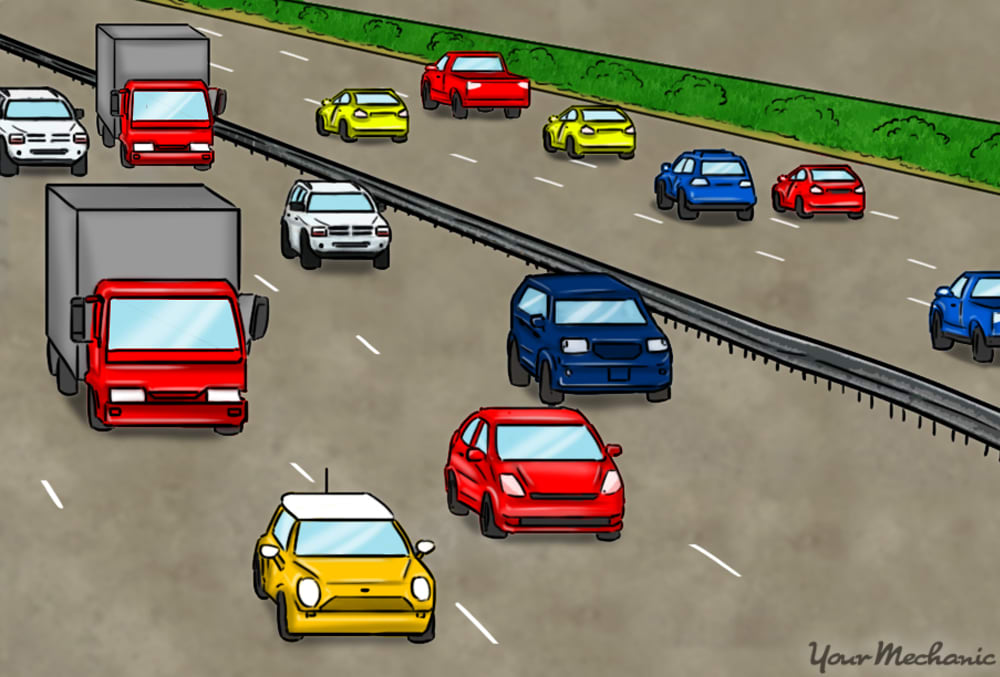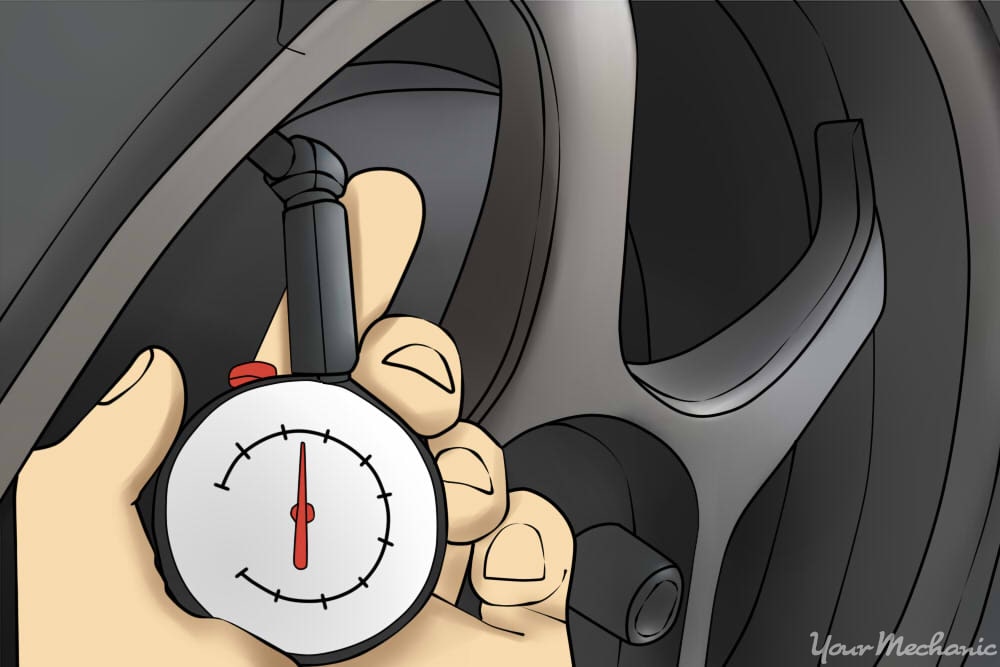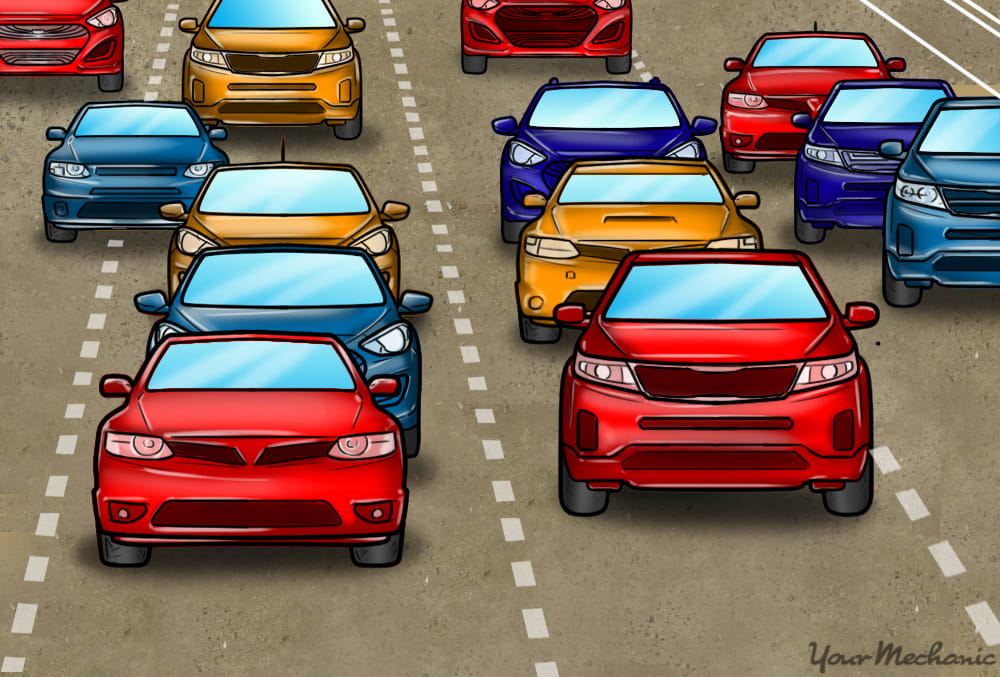

Learning to drive is both exhilarating and nerve-wracking. Although you may be anxious to claim the freedom of being able to go from one place to another without depending on someone else to take you, driving is a privilege not to be taken lightly.
Just as professional race car drivers weren’t born whizzing around the track, any novice driver should take baby steps in mastering the skills of the road before upping his or her game. Driving on the freeway for both novice and experienced drivers presents its own array of challenges and dangers.
Part 1 of 1: Drive on the freeway
Step 1: Practice driving on standard roads first. Novice drivers should have a good level of proficiency in driving on standard roads before tackling the higher speeds and other challenges associated with the freeway.
With the extra lanes of traffic and increase in vehicles around you, maintaining your focus will be difficult enough without worrying about the basics that you can master off the highway, such as shifting gears or staying centered between lines.
Step 2: Check the tires and fluids. When you drive at higher speeds like those utilized on the freeway, factors like low tire pressure or insufficient fluid levels can greatly impact your driving ability and, consequently, your safety and that of others sharing the road.
Your vehicle will not maneuver well without properly inflated tires, so ensure that you always check your tires before you leave.
Driving on the freeway can place extra stress on the engine and other systems if fluids such as oil, coolant, brake fluid, and transmission fluid are insufficient.
- Tip: If you do not feel confident in checking your car’s tire and fluids, seek a mechanic’s assistance. The cost for such services is low and is an even lower investment when viewed in the light of how much you stand to lose if there’s an accident on the freeway due to mechanical problems that could have been avoided.
Step 3: Determine the best time to drive on a freeway. Choose a time of day when the freeway is not busy and the weather is clear.
While freeways are rarely empty, there are peak times of day when the traffic is at its worst.
As a novice, avoid freeway driving between the hours of 6 to 10 am and 4 to 8 pm on weekdays; these are the times when freeways are most congested due to people going to and from work. Furthermore, choose a clear, sunny day for your first experiences on the highway. This way, you have optimal visibility to see the traffic around you and be aware of any other challenges the freeway may present.
Step 4: Drive onto the freeway. As you first get onto the on-ramp, begin speeding up to merge with traffic seamlessly. Although this may be scary for a novice, it is imperative that you have enough speed to slide into the flow of traffic.
- Note: If you are too slow, it forces others on the road to suddenly brake or switch lanes to avoid a collision with you. Unfortunately, such sudden movements on their parts also put them at risk of having an accident with other vehicles on the freeway.
Step 5: Stay to the right. Slower traffic should stay in the right lane, although the middle lane is also acceptable when three or more lanes are available. Always remember that the left lane is reserved for passing other vehicles.
Although you may need to move into the left lane to pass a slower car, return to the right side once you overtake that car, to avoid blocking those driving faster than you.
Step 6: Exit the freeway with care. When you see your exit to get off the freeway, be sure to turn on your turn signal to let those behind you know your intention. If you are in the middle lane, check your mirrors, turn your head to look for oncoming traffic, and then move into the far right-hand lane.
Do not hit your brakes until you are safely out of the freeway’s traffic, and slow down gradually on the off-ramp to either merge with other cars or come to a stop.
Although nothing can fully prepare a novice driver for a first experience of driving on freeways, making sure that your vehicle is in good condition, practicing on regular roads, and knowing proper highway etiquette can go a long way in assuring your safety and the safety of others around you.
Following the steps in this article will help reduce much of the anxiety associated with higher traffic volumes and speed and also ensure that you are prepared to drive safely on the freeway. Before you drive on a freeway, get a certified mechanic, such as one from YourMechanic, to top-off coolant, change the engine oil, and replace the clutch fluid, if necessary.





